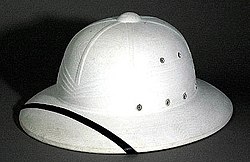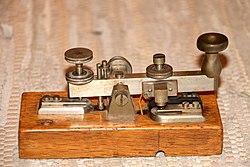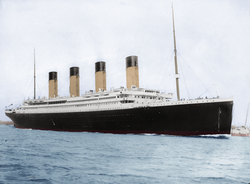Belle Époque

La Belle Époque (French: [bɛlepɔk]; French for "The Beautiful Era") was a period of Western history. It lasted from the end of the Franco-Prussian War in 1871 to the outbreak of World War I in 1914.[1]
It was a period of optimism, peace, economic prosperity. The colonial empires were well established. There were many technological, scientific, and cultural innovations. The arts flourished in Paris and elsewhere. Many masterpieces of literature, music, theatre, and visual art were created.
The Belle Époque was named after the event. It was considered a "Golden Age" in contrast to the horrors of World War I. The Belle Epoque was a period in which, according to historian R.R. Palmer, "European civilization achieved its greatest power in global politics, and also exerted its maximum influence upon peoples outside Europe".[2]
In the United Kingdom, the Belle Époque overlapped with the late Victorian era and the Edwardian era in a period known as Pax Britannica. In Germany, the Belle Époque coincided with the reigns of William I, Frederick III and Wilhelm II. In Italy, with the reigns of Victor Emmanuel II, Umberto I and early of the reign of Victor Emmanuel III. In Russia, with the reigns of Alexander III and Nicholas II.
In the United States, after the Panic of 1873, the same period was called the Gilded Age (1870s–1900s).[3] In Brazil, it started with the end of the Paraguayan War. In Mexico, the period was known as the Porfiriato, and in Japan, it coincided with the Meiji period.
Belle Époque Media
Grand foyer of the Folies Bergère cabaret
Art Nouveau style coffee service in Meissen Porcelain, by Theodor Grust, 1902.
A newspaper headline for Émile Zola's open letter to the French government and the country, condemning the treatment of Captain Alfred Dreyfus during the Dreyfus affair
The pith helmet is an icon of colonialism in the tropical areas of the planet.
World Empires 1900. British Empire (pink) is the most powerful in the world at this time, thanks to the dominance of the Royal Navy, among other reasons.
Peugeot Type 3 built in France in 1891
A telegraph used to transmit messages in morse code.
The sinking of the RMS Titanic in 1912 is the best-known tragedy of the era.
References
- ↑ "La Belle Époque". La Belle Époque. Retrieved 15 January 2017.
- ↑ Palmer, R.R.; Colton, Joel & Kramer; Lloyd, S. A history of Europe in the modern world (Eleventh ed.). New York, NY. ISBN 0076632857. OCLC 882719311.
- ↑ The American term "Gilded Age" was coined by Mark Twain and Charles Dudley Warner in their book, The Gilded Age: A Tale of Today (1873)








